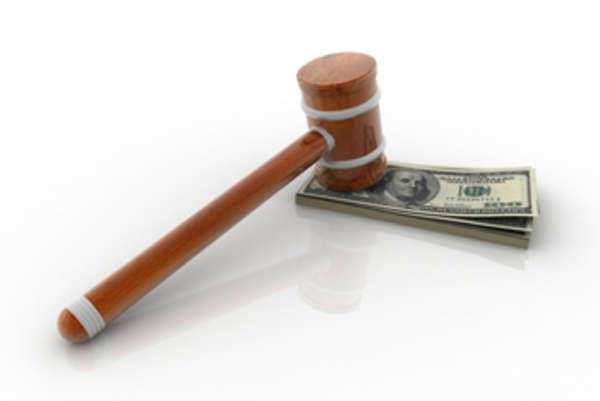
What To Do After You Have Filed For Bankruptcy:
For individuals who have declared bankruptcy, the recovery process is arduous and painstakingly long. The first step after bankruptcy comes when you and your bankruptcy trustee meet with your creditors to inform them of the filing; at this point all of your non-exempt assets must be liquidated. To are allowed to keep your vehicle, furniture and personal belongings up to a certain value after bankruptcy; however, all non-exempt liquid assets (such as certificates of deposit or cash) must be transferred to a court-appointed trustee.
Getting a Loan After Bankruptcy:
Securing a loan or financing of any kind will be extremely difficult for the subsequent 2-3 years after bankruptcy. That being said, it is possible to attain small lines of credit (attached with high interest rates) once you have rebuilt your credit a year after bankruptcy. In certain cases, in may not be possible to secure financing for a car or home for at least 10 years after bankruptcy. This variance–in regards to the ability to obtain financing or credit after bankruptcy—correlates to the size of your bankruptcy filing– particularly the severity of your debt portfolio—and the specific chapter you file under.
For example, if you engage in a Chapter 13 filing, your bankruptcy judgment will be dissolved from your credit report after seven years. If you engage in a Chapter 7 filing, your bankruptcy judgment will be dissolved from your credit report after 10 years. That being said, the Chapter 13 filing mandates that you fulfill all of your debts within three to five years according to your pre-negotiated management plan. Because there are six types of bankruptcy filings, it is critical to contact your legal representative to ensure that you have filed or will file under the best chapter given your financial position.
Taking Back Control After Bankruptcy:
The most crucial practice after bankruptcy is rebuilding your credit. You must prove to lenders that you are a legitimate candidate to receive financing or a loan. To encourage lending habits, you must portray a prudent and consistent financial schedule. In short, you must pay your debts consistently and on-time.
Here are a few steps that you can take to swiftly rebuild your credit after bankruptcy:
Maintain Employment: It is vital that you get—and keep—a job, if you do not already have one. A stable employment (and residential) history is imperative because it shows creditors that you are a reliable worker/consumer. This requirement; however, represents a problem—the ability to secure a job and a place to live may be related to your credit score, which of course, is severely diminished after bankruptcy.
Pay Your Bills: It is beyond imperative that you stay current on all of your monthly bills and payment obligations. You must make sure that your after bankruptcy credit score remains clean—one late payment can perpetuate a financial calamity. In addition to paying your bills, you should also open and maintain a checking and/or savings account.




















